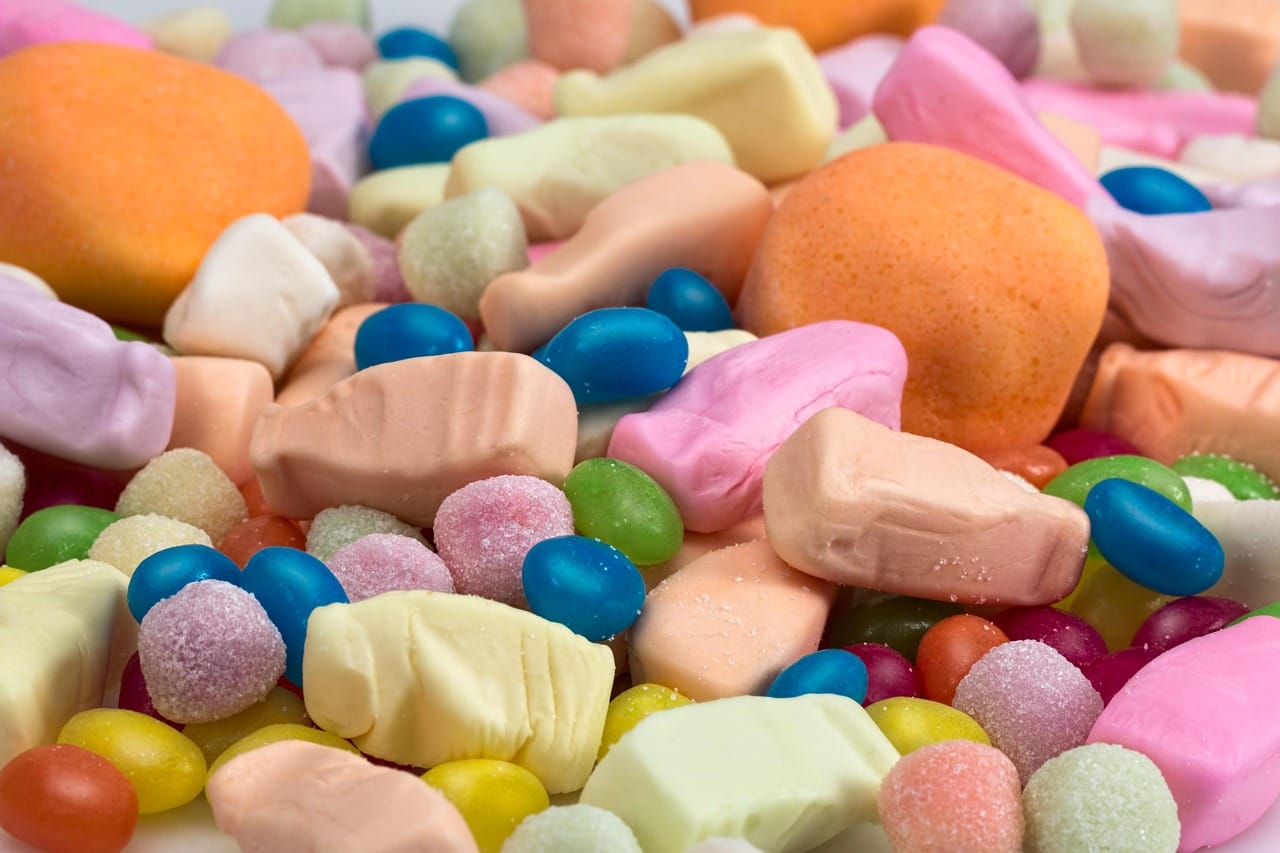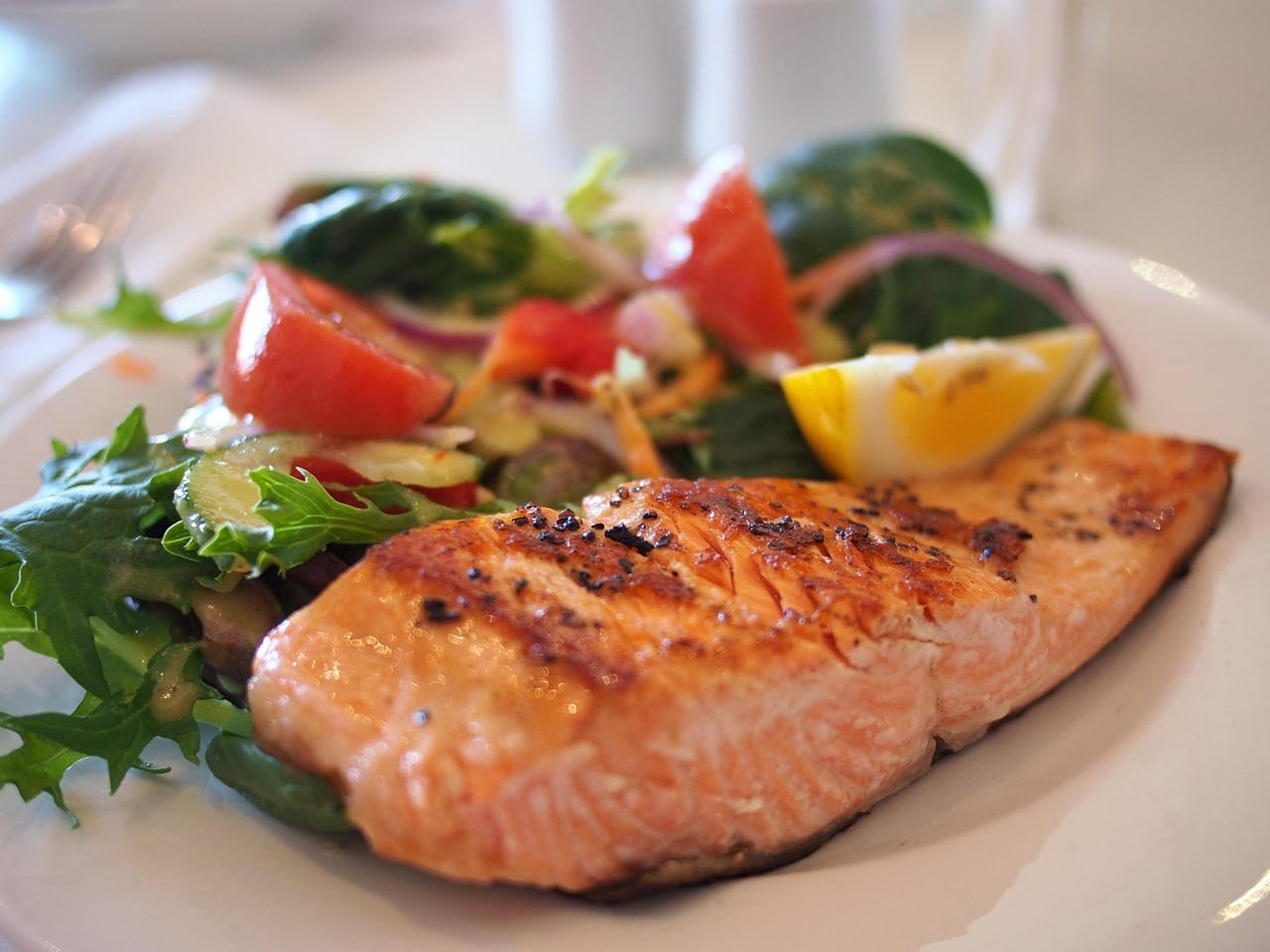From its humble beginnings as a simple, easily remembered recipe to its current status as a beloved dessert staple, the pound cake holds a special place in culinary history. This dense, buttery cake, named for its equal pound measurements of key ingredients, offers a comforting sweetness that transcends generations. Whether enjoyed plain, slathered with glaze, or alongside fresh berries, the pound cake remains a testament to the enduring appeal of straightforward baking. This post will delve into the fascinating world of pound cake, covering its history, variations, baking techniques, and serving suggestions.
The History of Pound Cake
Origins and Early Recipes
The pound cake, as its name suggests, originated from a recipe featuring one pound each of butter, sugar, eggs, and flour. This simple formula made it easy to remember and scale, contributing to its widespread popularity in the 1700s. Early pound cakes were often baked in large loaves, intended for families to enjoy over several days.
- The original recipe made portioning ingredients incredibly simple.
- Early versions were less refined, using whatever ingredients were available locally.
- Pound cake became a popular choice for celebrations and gatherings due to its easy replicability.
Evolution of Pound Cake Recipes
Over time, bakers began to experiment with the classic recipe, adding leavening agents, flavorings, and variations in ingredient ratios to create different textures and tastes. Sour cream, baking powder, and extracts like vanilla and lemon zest became common additions. This evolution led to the diverse range of pound cake recipes we see today.
- The addition of baking powder made pound cakes lighter and fluffier.
- Sour cream or yogurt adds moisture and a slight tang, enhancing the flavor.
- Flavor extracts, such as vanilla, almond, and lemon, provide aromatic complexity.
Understanding Pound Cake Ingredients
The Four Cornerstones: Butter, Sugar, Eggs, Flour
The foundation of a good pound cake lies in the quality and proportion of its four core ingredients: butter, sugar, eggs, and flour. Each plays a crucial role in the cake’s texture, flavor, and structure.
- Butter: Provides richness, moisture, and a tender crumb. Use unsalted butter to control the salt level. The butter should be softened but not melted for best results.
- Sugar: Sweetens the cake and contributes to its moistness. Granulated sugar is the most common choice.
- Eggs: Bind the ingredients, add moisture, and help create a stable structure. Use large eggs at room temperature for optimal emulsification.
- Flour: Provides the structure of the cake. All-purpose flour is typically used, but cake flour can create an even more tender crumb.
Common Variations and Additions
While the original recipe is straightforward, many variations incorporate additional ingredients to enhance flavor and texture.
- Sour Cream or Yogurt: Adds moisture and a slightly tangy flavor.
- Leavening Agents: Baking powder or baking soda help the cake rise.
- Extracts and Zest: Vanilla, lemon, almond, and orange extracts, as well as citrus zest, add aromatic complexity.
- Chocolate: Cocoa powder or melted chocolate can be added for a chocolate pound cake.
- Nuts: Chopped nuts, such as pecans or walnuts, add texture and flavor.
Baking the Perfect Pound Cake
Step-by-Step Baking Process
Baking a pound cake requires careful attention to detail to ensure a moist, tender, and evenly baked result.
- Cream the Butter and Sugar: Beat softened butter and sugar together until light and fluffy. This process incorporates air, which contributes to the cake’s light texture.
- Add Eggs Gradually: Beat in the eggs one at a time, ensuring each egg is fully incorporated before adding the next. This helps create a smooth emulsion.
- Incorporate Dry Ingredients: Gradually add the flour (and any other dry ingredients) to the wet ingredients, mixing until just combined. Avoid overmixing, which can lead to a tough cake.
- Add Flavorings: Stir in any extracts, zest, or other flavorings.
- Bake: Pour the batter into a prepared loaf pan and bake in a preheated oven until a toothpick inserted into the center comes out clean.
Troubleshooting Common Issues
Even experienced bakers can encounter issues when making pound cake. Here are some common problems and how to address them:
- Dry Cake: This can be caused by overbaking, using too much flour, or not enough butter. Ensure accurate measurements and don’t overbake.
- Dense Cake: This can be caused by undermixing the butter and sugar, overmixing the flour, or using cold ingredients. Cream the butter and sugar thoroughly and avoid overmixing.
- Cracked Top: A cracked top is usually a sign that the oven is too hot or the cake rose too quickly. Lower the oven temperature or use a baking strip to slow down the rising process.
Serving and Enjoying Pound Cake
Classic Pairings and Glazes
Pound cake is incredibly versatile and can be enjoyed in numerous ways. Here are some popular pairings and glazes:
- Fresh Berries and Whipped Cream: A classic combination that highlights the cake’s buttery flavor.
- Lemon Glaze: A simple glaze made with powdered sugar and lemon juice adds a tangy sweetness.
- Chocolate Ganache: A rich chocolate ganache provides a decadent contrast to the cake’s subtle sweetness.
- Fruit Compote: Serve with a warm fruit compote for a comforting dessert.
Pound Cake Beyond Dessert
Pound cake isn’t just for dessert; it can also be used in creative ways.
- French Toast: Use slices of pound cake to make decadent French toast.
- Trifles: Incorporate cubes of pound cake into trifles for a delightful texture and flavor.
- Grilled Pound Cake: Grill slices of pound cake and top with ice cream and fruit for a unique summer treat.
Conclusion
Pound cake’s enduring popularity speaks to its simple elegance and versatility. From its origins as a practical, easy-to-remember recipe to the modern variations we enjoy today, the pound cake remains a beloved classic. By understanding the key ingredients, mastering the baking process, and exploring creative serving options, you can create pound cakes that are sure to impress and delight. So, grab your mixing bowls and get baking!




